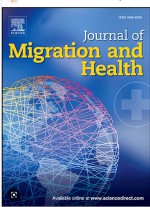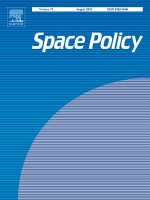Climate Change and Diarrhoeal Disease Burdens in the Gaza Strip, Palestine: Health Impacts of 1.5 °C and 2 °C Global Warming Scenarios

The Gaza Strip is one of the world’s most fragile states and faces substantial public health and development challenges. Climate change is intensifying existing environmental problems, including increased water stress. We provide the first published assessment of climate impacts on diarrhoeal disease in Gaza and project future health burdens under climate change scenarios. Over 1 million acute diarrhoea cases presenting to health facilities during 2009–2020 were linked to weekly temperature and rainfall data and associations assessed using time-series regression analysis employing distributed lag non-linear models (DLNMs). Models were applied to climate projections to estimate future burdens of diarrhoeal disease under 2 °C and 1.5 °C global warming scenarios. There was a significantly raised risk of diarrhoeal disease associated with both mean weekly temperature above 19 °C and total weekly rainfall below 6 mm in children 0–3 years. A heat effect was also present in subjects aged > 3 years. Annual diarrhoea cases attributable to heat and low rainfall was 2209.0 and 4070.3, respectively, in 0–3-year-olds. In both age-groups, heat-related cases could rise by over 10% under a 2 °C global warming level compared to baseline, but would be limited to below 2% under a 1.5 °C scenario. Mean rises of 0.9% and 2.7% in diarrhoea cases associated with reduced rainfall are projected for the 1.5 °C and 2 °C scenarios, respectively, in 0–3-year-olds. Climate change impacts will add to the considerable development challenges already faced by the people of Gaza. Substantial health gains could be achieved if global warming is limited to 1.5 °C.





